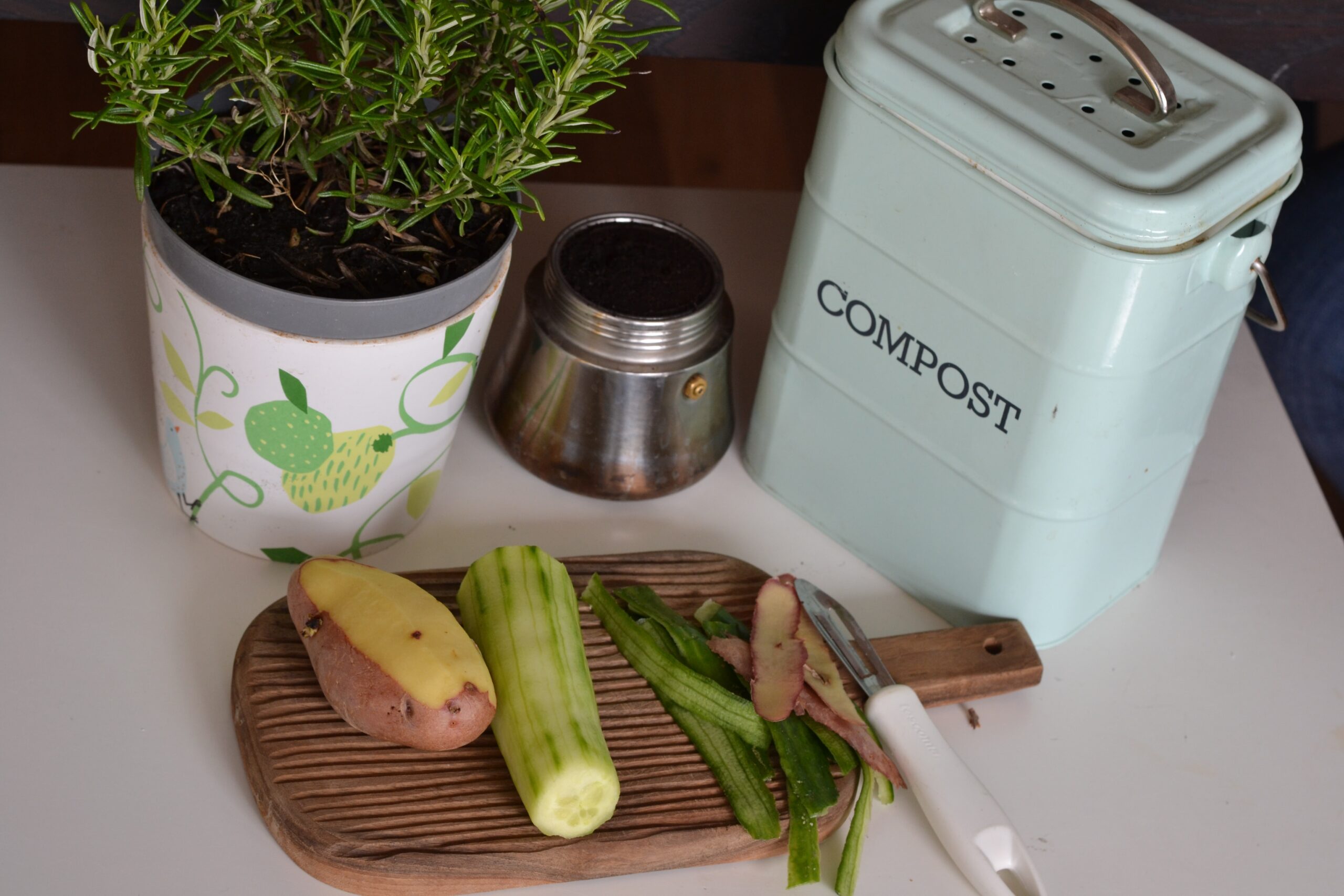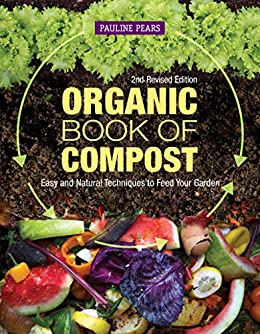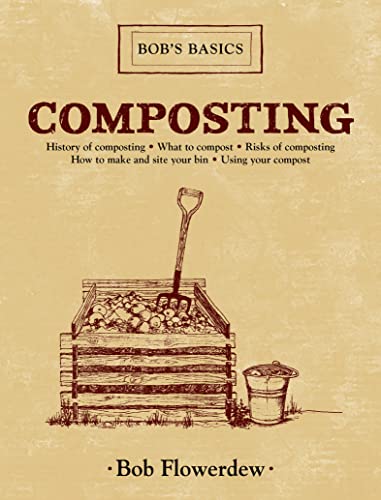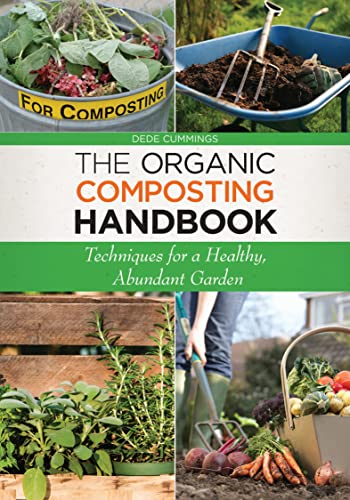LIBRARY BLOG
Worm Composting for Beginners
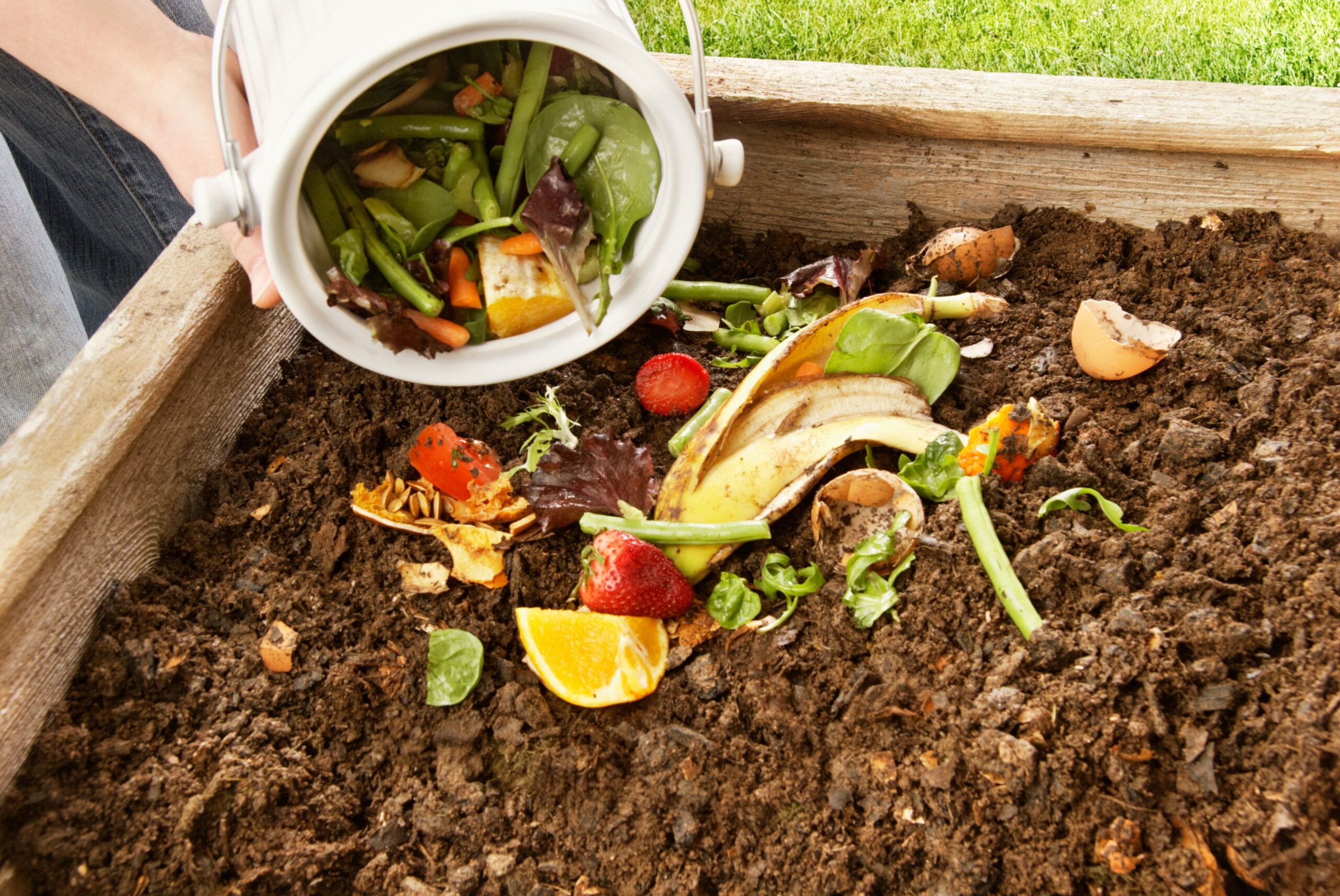
Worm composting (also called vermicomposting) is one of the easiest ways to create compost for your garden. Traditional, wormless-composting requires you mix the compost heap yourself. Worms, though, turn the compost heap as they travel around, depositing all the good stuff throughout. Because the worms do most of the work for you, this compost method requires very little work on your end. It’s a family- and ecologically-friendly way of disposing of food scraps and other compostable material. You can feed all the worms you have the means to (I’ve come to treat mine as pets). The reduced amount of materials thrown away means less space taken up in landfills—something that’s excellent for the environment. The result is a nutrient-dense compost (affectionately called “black gold”) that you can add to your flower beds and vegetable gardens.
What is composting?
The fancy scientific way to explain how compost works: The aerobic decomposition of organic materials and the waste of microorganisms create valuable nutrients that promote plant growth.
The understandable way to explain how compost works: Worm poop and old strawberry stems mixed into soil to release some much-needed nutrients to make gardens thrive.
To start worm composting, all you need is a composting bin, a handful or two of dirt, worms, and compostable material.
For your composting bin: You don’t have to buy any expensive equipment for this! Purchase one if you want, but you can also upcycle a water-resistant container with a lid to do the job. Make sure there are air holes so the worms can breathe. Or, you can skip the container all together and start a compost pile in your backyard. Just make sure you wrap the perimeter of the pile with chicken wire to keep pets from eating the scraps!
The size of your bin depends on how much compostable waste you create in a short amount of time. As an individual, my compostable waste is easily contained in a 1- or 2-gallon bin. Your compostable waste production might require a bigger bin! To figure that out, you first need to know what compostable material is.
What is compostable material?
Compostable materials can be divided into two categories: “greens” and “browns.”
Green compost is nitrogen-rich material with some degree of water content. These are mostly food scraps, like fruits, vegetables, coffee grounds, and egg shells. There are some notable exceptions like manure and grass clippings.
Brown compost is carbon-rich material and is usually dry and sometimes brittle. They balance out the wetness of green compost with their dryness. These include leaves, wood chips, twigs, newspaper, and other paper products. Try not to put plastics and metals in the bin.
Note: While cooked veggies are compostable, anything that was cooked with a lot of oil, sugar, sauces, salt, or animal products can be harmful to your worms. Also, coffee grounds can be composted, but limit the amount of grounds being added so you don’t change the ph of the pile. Acidic and citrus fruits and their rinds are okay in moderation in a wormless compost pile, but don’t do well in worm compost.
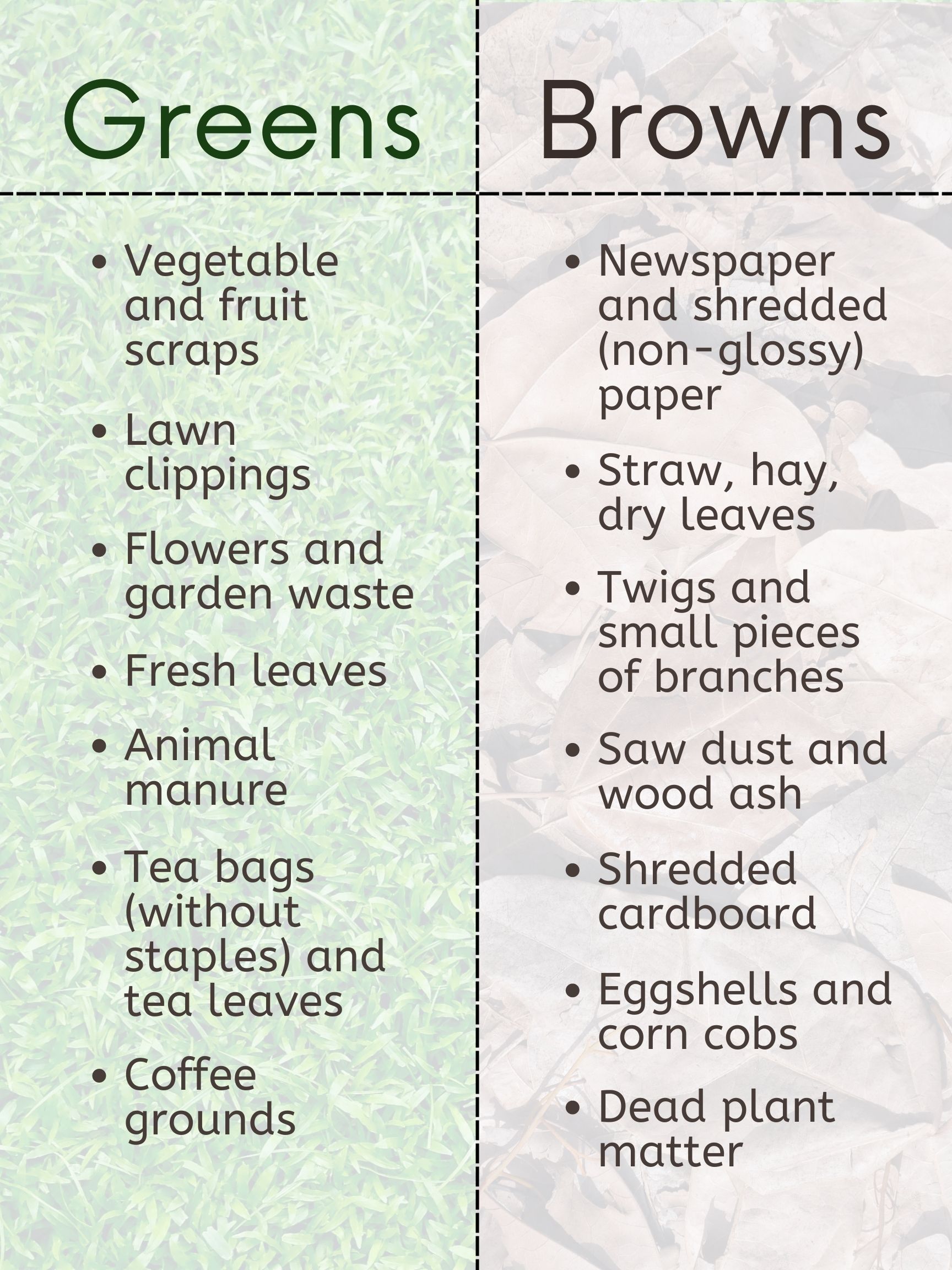
How do you get worms?
ou can get composting worms in a variety of ways. Turning over rocks and digging around in your yard can provide you with enough worms for a beginner’s composting bin. Just make sure that they are either Eisenia foetida or Lumbricus rubellis. These worms are better known by the common names red wigglers, red worms, tiger worms, manure worms, and brandling worms. They stay close to the earth’s surface and don’t venture further. Other earthworms burrow too far down to do well in a bin. If the worms you find closer to the surface and you don’t have to dig deep, chances are they’ll be okay for your compost bin.
Around 10 worms are good for a small pile. If you can’t find free-range worms, store-bought is fine. For a more serious composting endeavor, some people buy worms from worm farming companies, like Uncle Jim’s Worm Farms, or local feed stores that stock them. Keep in mind that if they are in a good envirnment, worms reproduce quickly. One adult worm can make up to a hundred more worms in just a year! Start with a smaller worm population than you think you need. You might need to upgrade your worm bin to a larger size next year or release some into your garden when you harvest your compost if the bin is getting overcrowded. You won’t necessarily need to worry about too many worms for outdoor uncontained piles.
Worm fact! Red Wigglers are the best type of worm for worm composting. They’re easily found in your backyard, too!
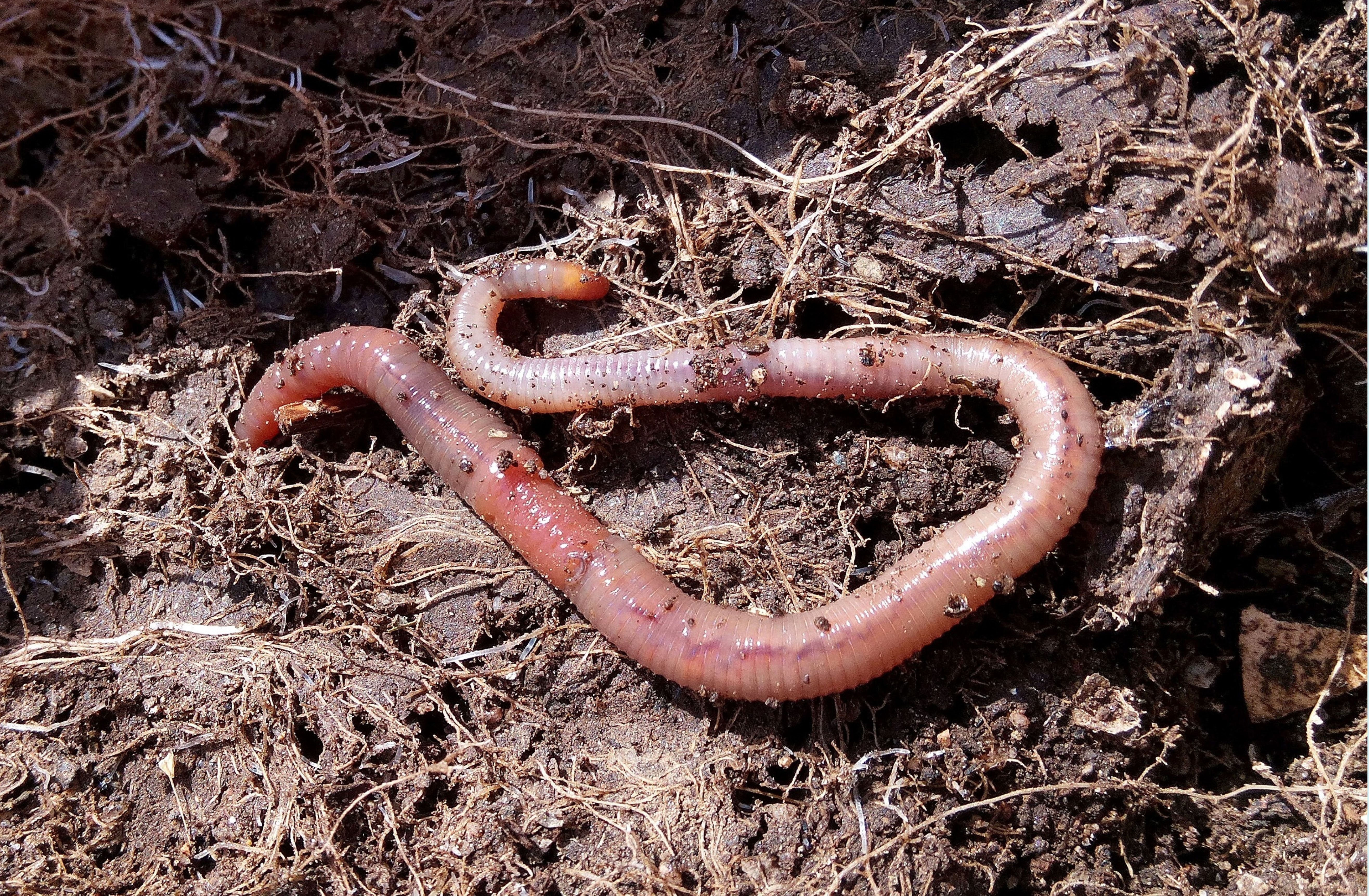
How do you feed the worms?
Cut up compostable food into smaller pieces and drop them into your compost pile. Bury them in a layer of compost so it doesn’t smell. (Or keep them at the top and check back later to see the worms eating!) If you have an outdoor, uncovered compost pile, make sure the food scraps are covered so the pile doesn’t attract vermin!
Every worm is different, just like people. My worms hate strawberry stems, but love cucumber. Yours may be the opposite! If you notice the worms not eating a certain type of scrap, avoid putting those in the bin, especially for small ones. (For larger, outdoor piles, make sure the scraps the worms don’t eat are covered, and they will compost the wormless way.)
DO NOT put any animal products in the compost! This includes meat, bones, dairy, animal fat, etc. These are not compostable materials, and it can be harmful to the worms. As mentioned earlier, don’t put in any vegetables with oil, sugar, sauces, salt, or other animal products, either.
Is it stinky?
Yes and no. So long as you stick to compostable materials and keep food scraps covered by brown material or soil, there shouldn’t be a heinous smell. There should be an earthy-aroma. If compost does start smelling rotten, then there might be a scarp growing mold that must be removed or you’re not keeping scraps covered well. Keeping the food scraps covered also deters fruit flies from hanging around. Slight odors are common, but an all-out rotten-egg fest means something is wrong.
How do you put your compost bin together?
Once you have your worm composting container, use a mixture of soil, torn-up papers, shredded cardboard, and just a bit of water to fill it no more than halfway. Make sure the mixture is moist, but not so wet that it puddles up. (If you use too much water to start, add a little bit of soil until you hit a balance.) Then add your worms! Let them get used to their new home for a day. Once they’ve burrowed down under, start adding your compostable food scraps to feed them. As you go on, make sure you’re also adding dry composting materials to keep the compost moist and not wet.
For an indoor composting operation, keep your compost in a closed container so your worms don’t have a party on your kitchen counter when they wiggle their way out. It’s also best to keep indoor worms bins out of the way of direct sunlight, ideally in the dark. Prolonged sun exposure can paralyze worms and later terminate them. Now your worms aren’t going to be sunbathing (they’re smarter than we tend to give them credit for), but 24/7 access to sunshine isn’t ideal.
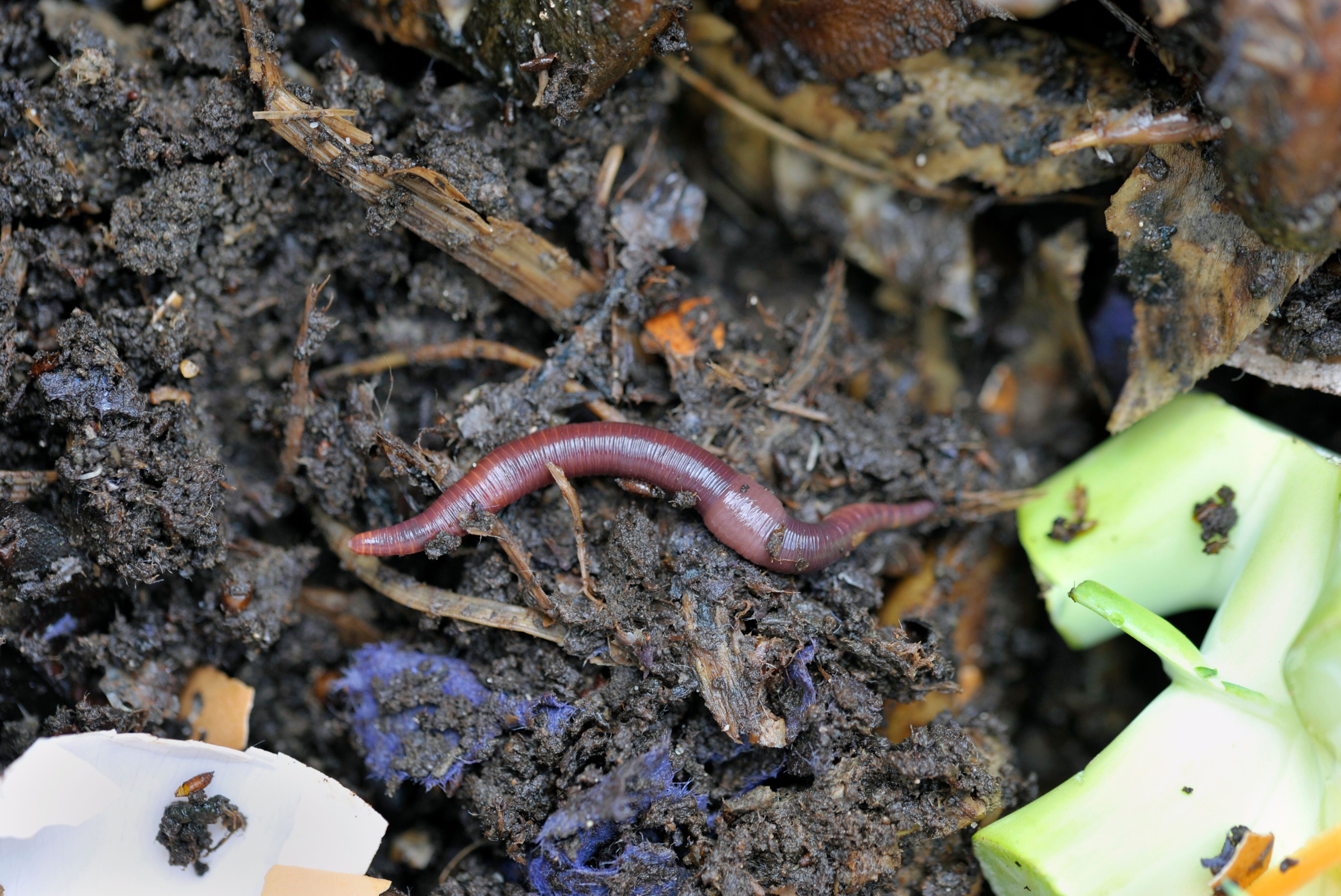
When and how do you harvest the compost you make?
So you’ve composted for a whole month. Can you use that black gold now? When you can start harvesting your compost (meaning, using it in flowerbeds and such) depends on how big your compost pile or bin is and how many worms are in it. If it’s a small, 1 gallon container, a month or two is usually enough time. Some larger bins take several months. A good rule of thumb is to dig a bit, and if you see rich black compost most of the way down, it’s ready to be used. Even if only half of the container is ready, you can still harvest it. Just make sure you leave the other half in the compost bin for the worms to enrich.
To harvest it, start feeding the worms on only one side of the pile. Once most of the worms are munching away on that side, take the compost from the worm-free side and disperse it throughout your plants. (If you get any straggling worms in your harvested compost, you can either release them into the garden where they’ll help aerate the soil, or place them back in the compost bin.)
Fill in the empty side of the bin with a mix of the same materials you started it with. This time, you don’t have to let the worms settle in first. From here, you can either mix the other half of the ready-to-harvest compost with the new compost to speed things along, OR you can start feeding the worms on the new compost side to harvest the ready compost.
Happy composting!
Further Reading
Documentaries, Movies, and Videos
-Lillian LeCompte, Reference Department

